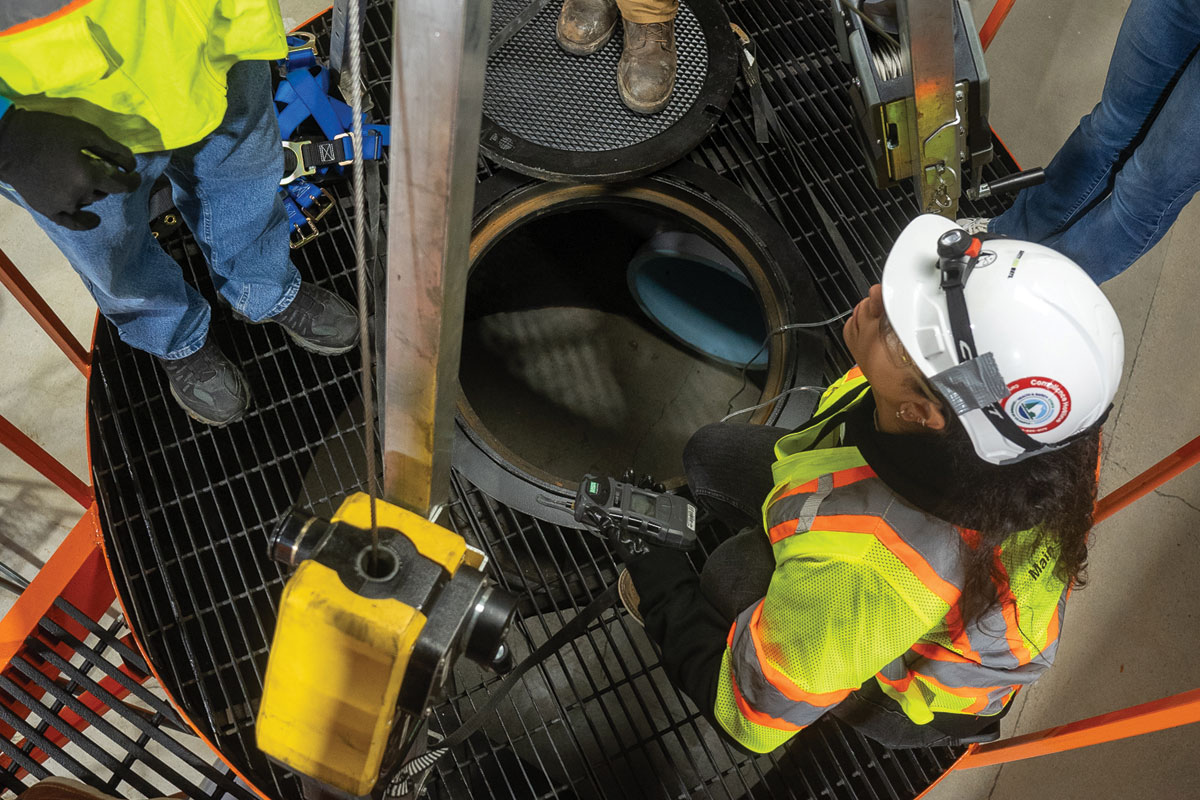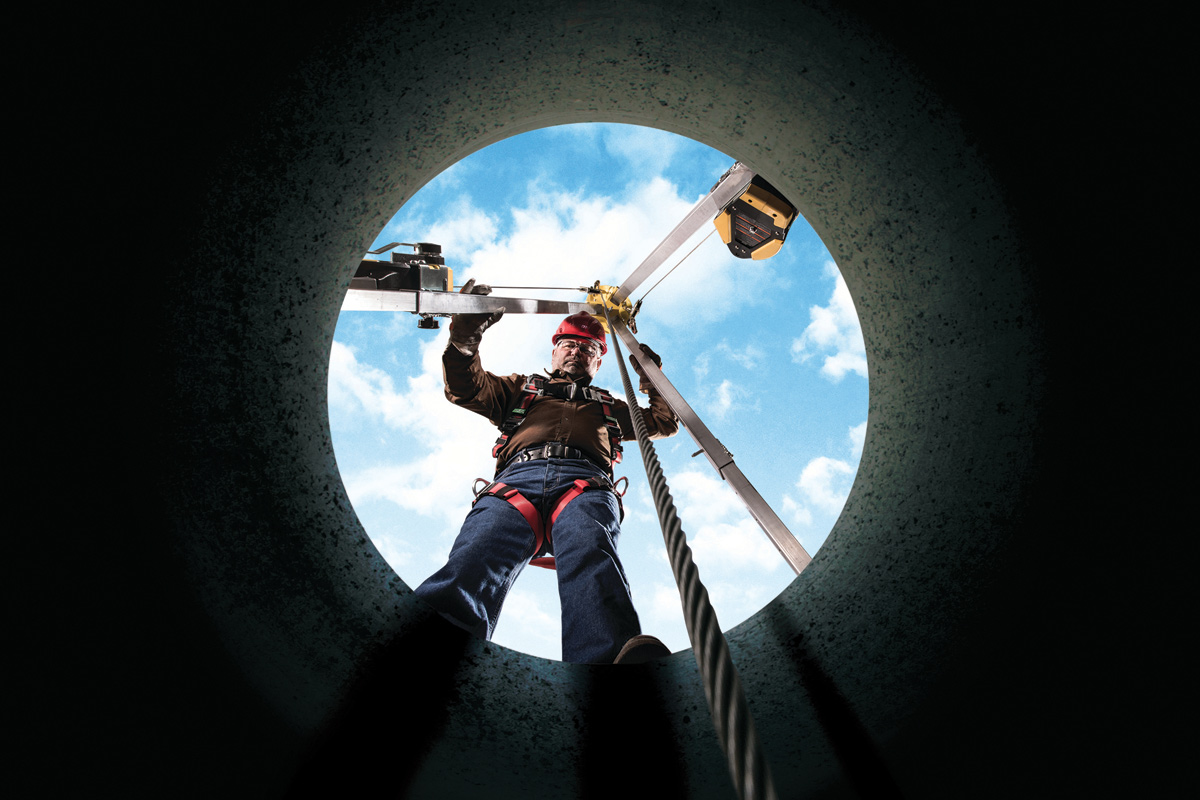
Counting Down the Top 50 Most-Read Stories of 2018: The Top 10
As 2018 comes to a close, we’re sharing our 2018 Top 50 Most-Read stories from trenchlesstechnology.com. Some of these posts date back more than a decade and show the breadth of knowledge, about all aspects of the trenchless industry, that is contained in the pages of Trenchless Technology and on our website. Here is a look at stories 10 to 1. At the bottom of this post are the links to the rest of the lists.
The Trenchless Technology team hopes you have enjoyed this look back at our top posts. We wish you a happy and prosperous New Year.
10. 2017 Trenchless Technology Top 50 Trenchless Engineering Firms (Listing)
This is the third appearance on this list for a story related to our annual Top 50 Trenchless Engineering Firms. What you will find here is the actual Top 50 list for 2017. Topping this 21st annual survey for the third straight year is Englewood, Colorado-based CH2M, which reported trenchless revenue of $214.0 million over its last fiscal year—the first firm in our survey’s history to top the $200 million mark. The rankings are based on reported North American trenchless project revenue (USD). Read More
9. Rigid and Flexible Pipes
The intricate networks of potable water and sanitary sewer systems consist of various types of pipe materials that range from metals to concrete to plastics to composites. Whatever the material type, all are expected to provide some minimum service qualities: prevention of leaks, which ensure that potable water isn’t compromised by contaminants entering a piping system and that wastewaters do not pollute soils and existing sources of groundwater, and most importantly, that the structural soundness of a buried pipe system results in a minimum service life of 50 to 100 years. Read more
8. How to Plan and Mix Your Best HDD Drilling Fluid
Operating a horizontal directional drill (HDD) is a bit of an art, but it takes science to be successful. Science is at the heart of the drilling fluid that runs through the drill string, helping to ensure downhole stability while cooling and lubricating tooling, as well as helping extract cuttings. Do you and your drilling crews understand the science involved with mixing drilling fluids? Whether you specialize in fiber-optic, gas, electrical, water or larger pipeline installations, using the right type and the right amount of drilling fluid needs to be part of the planning process. Read More
7. All Terrain Technology vs. Mud Motors
Tough terrains and hard-to-navigate underground construction jobsites are increasing the demand for horizontal directional drilling (HDD) installations. When a project takes place along a highway or in a protected environment, boring under the ground is often the only solution. While HDD units offer a profitable solution for these jobsites, crews do run into one major issue: inadvertent returns. When drilling fluid isn’t contained by the bore and seeps into the environment, the jobsite may shut down and crews are responsible for ensuring containment and cleanup. Read More
6. Apryl Fouts, Oregon’s Drill Diva, and Her Panther Pink Drill
Around the Willamette Valley, Oregon, Apryl Fouts is known as the “Drill Diva” by her colleagues and customers. She’s been sitting at the controls of a horizontal directional drill (HDD) for 14 years now and has taken on some of the area’s most challenging projects. Apryl and her husband, Mike, started their business, Willamette Valley Underground Inc., in 2009. While the couple manages to keep all three of their drills busy, it’s Apryl’s most recent addition that really catches everyone’s eye — her panther pink Vermeer D23x30 S3 Navigator. Read More
5. Understanding Locators 101
Locating underground utilities is becoming more of a challenge as the vast array of lines in the ground continues to increase. As the ground under our feet becomes more congested with utility lines, it’s vital to identify the location of utilities — gas, fiber, water, telecommunications and sewer — to ensure the safety of your crew and protect your bottom line. Many contractors show up and begin excavating. That’s fine if the one call markings are accurate. However, a mark could be 6 in. off and you may not find that line. Read More
4. Directional Drilling: Tracking and Guiding 101
The middle “D” in the acronym HDD stands for “directional,” and without directional capabilities, horizontal directional drilling (HDD) could never have become the primary trenchless construction method for installing underground utilities that it is today. For HDD units installing underground pipe and cable–models ranging from 5,000 to 100,000 lbs of pullback, the directional information is almost always communicated with walk-over electronic tracking and guidance systems. Read More
3. Drill Master: Understanding Bend Radius
One of the most important aspects of any HDD project is the planning that goes on before the job is started. More specifically, determining the entry and exit points, the depth that must be achieved and direction changes for the drill path, are all major parts of the planning process. One of the keys to these calculations is bend radius. Bend radius is a term that many people use, but few understand. Often times it is confused with “the number of feet needed to make a 90-degree turn.” Read More
2. Honoring Veterans and Supporting Those Who Serve
The November calendar brings us Veterans’ Day and we plan to honor those in the trenchless industry who have served their country in the armed forces. We want to highlight the many ways our industry and the construction industry as a whole, continues to assist and support veterans through employment and job-training opportunities. To do this, we created this online database of trenchless professionals, from all continents, who served or are still serving their respective countries. Read More
1. Stating their Case: PVC vs. HDPE
PVC and HDPE pipe are inarguably the two most popular pipes used in underground construction. In a Trenchless Technology survey, we polled sewer system operators and consulting engineers from around the United States about their pipe choices. The results showed that HDPE and PVC finished either No. 1 or No. 2 in most categories. Both types of pipe have their strengths and weaknesses and appeal to many contractors and project owners due to their expansive reach in applications. We wanted to know more so we contacted the Uni-Bell PVC Pipe Association and the Plastic Pipe Institute for more information. Read More
Counting Down the Top 50 Most-Read Stories of 2018: 20-11
Counting Down the Top 50 Most-Read Stories of 2018: 30-21
Counting Down the Top 50 Most-Read Stories of 2018: 40-31
Counting Down the Top 50 Most-Read Stories of 2018: 50-41





